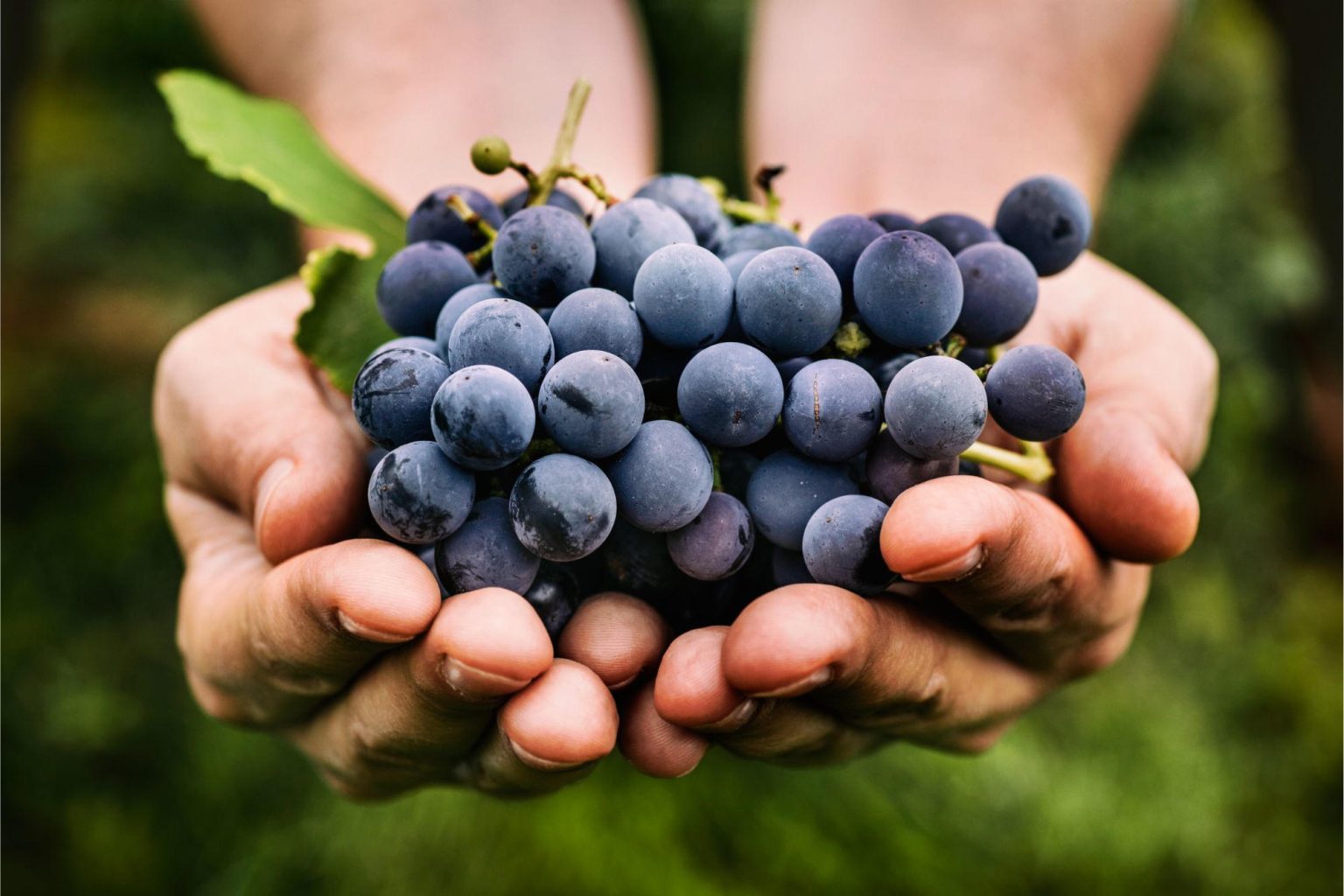Introduction: The Legacy of Italian Grapes
Italy, renowned globally for its fine wines and breathtaking vineyards, has long been at the heart of grape cultivation and winemaking. Now, a groundbreaking archaeological and genetic study reveals that this rich tradition wasn’t built overnight. Italians have been cultivating and perfecting grapevines for thousands of years, merging ancient techniques with nature’s evolution to produce the grapes we know today.
The Historical Roots of Italian Viticulture
Researchers from leading European institutions, including Italian universities and global heritage organizations, have traced the origins of grape cultivation in Italy back more than 6,000 years. Evidence suggests that Neolithic communities in the Italian peninsula began experimenting with wild grape varieties long before wine became a cultural symbol.
From Wild Vines to Cultivated Fields
Early Italians didn’t just stumble upon grapes—they studied and nurtured them. Through centuries of trial, error, and observation, they transformed bitter wild grapes into the juicy, flavorful varieties used in today’s premium wines. Archaeobotanical evidence, including pollen analysis, grape seeds, and ancient tools, points to meticulous farming methods used as early as 4,000 BCE.
Genetic Studies Confirm Ancient Practices
The latest genetic sequencing of grapevines from ancient Italian vineyards reveals fascinating insights. DNA extracted from centuries-old seeds was compared with modern grape varieties, confirming a continuous line of cultivation and selective breeding. These ancient grapevines were not just harvested—they were genetically refined over millennia.
Key Findings from the Study:
Wild to Domesticated Shift: Early farmers in central and southern Italy domesticated native wild grapes before introducing foreign varieties from the Near East.
Local Adaptation: Italian grape varieties show genetic traits adapted to different microclimates, such as mountainous regions in the north and dry, Mediterranean coasts in the south.
Cultural Continuity: Many modern Italian wine varieties like Sangiovese, Nebbiolo, and Montepulciano have ancestral links that date back more than 2,000 years.
How the Romans Elevated Grape Cultivation
The study also emphasizes the role of Roman innovation in transforming viticulture. The Romans developed advanced pruning methods, trellising systems, and irrigation strategies that boosted grape yields and improved wine quality. They planted vineyards across their empire, but the heart of their wine knowledge remained rooted in the Italian soil.
Roman texts by authors like Pliny the Elder detail extensive grape-growing techniques—proof that by the time of the Roman Empire, viticulture was already a refined science and art.
Grapes as a Symbol of Italian Identity
In Italy, grapes have always been more than just a fruit—they symbolize life, heritage, and identity. From family-owned vineyards in Tuscany to sprawling estates in Sicily, grape cultivation is deeply woven into Italian culture.
The long lineage of grape cultivation has impacted not only Italy’s economy but also its cuisine, celebrations, religion, and even art. Grapes are central to Italian life—from wine at religious ceremonies to hand-pressed grape juice during harvest festivals.
Modern Implications: Sustainable Farming Rooted in Tradition
As modern agriculture shifts toward sustainability and organic methods, Italian winemakers are looking back to their roots. The study encourages a return to traditional grape-growing techniques that are eco-friendly and promote biodiversity. Ancient farming practices, such as companion planting and natural fertilization, are being revived to preserve soil health and flavor complexity.
Today’s Italian viticulture isn’t just about mass production—it’s about quality, authenticity, and harmony with nature, values that trace back thousands of years.
Conclusion: A Timeless Craft Perfected Over Millennia
The revelation that Italians have spent thousands of years perfecting grape cultivation reinforces Italy’s status as a global leader in wine production. The knowledge, patience, and passion of ancient farmers have been passed down through generations, culminating in a timeless tradition that continues to evolve.
Italy’s vineyards are not just fields—they are living legacies, each grape a symbol of centuries of innovation, resilience, and artistry.

















+ There are no comments
Add yours